The ocean, mysterious and vast, holds countless secrets beneath its waves. Shipwreck tales, steeped in mystery and peril, offer glimpses into the ocean’s power and unpredictability. From treacherous storms to unseen icebergs, these stories remind us that the seas are both a pathway and a peril. Dive into these real-life shipwreck stories that reveal our oceans aren’t playing.
1. The Titanic’s Ill-Fated Voyage
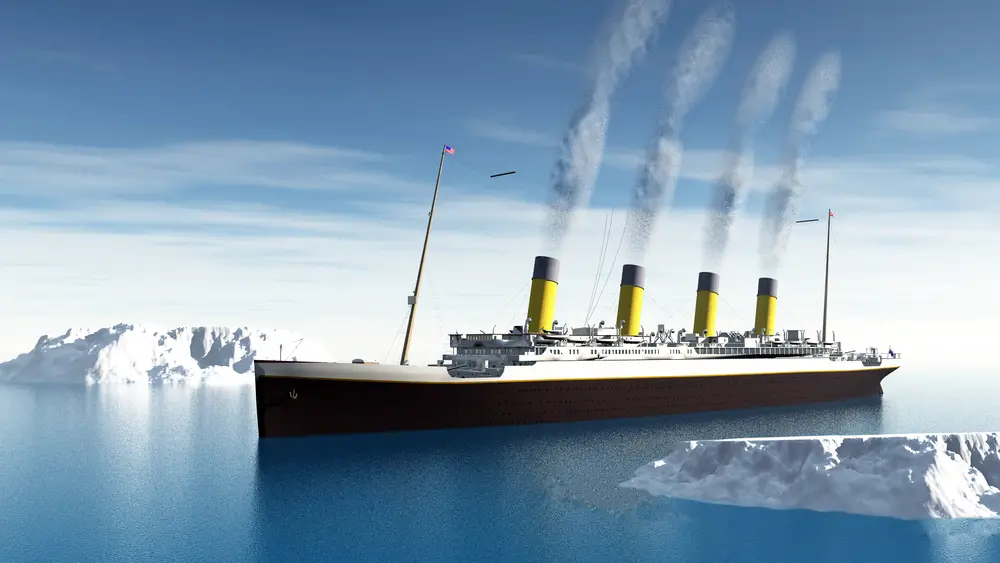
The RMS Titanic, the unsinkable marvel of its time, met its tragic fate on an icy April night in 1912, according to History.com. The collision with a menacing iceberg led to the ship’s demise, taking over 1,500 souls with it into the abyss; the ship’s luxurious promise turned into a grim reminder of nature’s supremacy. The Titanic’s allure and eventual downfall continue to captivate the imagination, teaching us that even human ingenuity has its limits.
As the Titanic vanished beneath the waves, the world learned a harsh lesson about hubris and the unpredictability of the sea. Survivors’ stories, filled with chaos and courage, echo through history, reminding us of the human spirit’s resilience. The legend of the Titanic endures, a testament to the fragile balance between human ambition and nature’s might. It’s a haunting reminder that the ocean, with its hidden dangers, is never to be underestimated.
2. The Mystery of the Mary Celeste
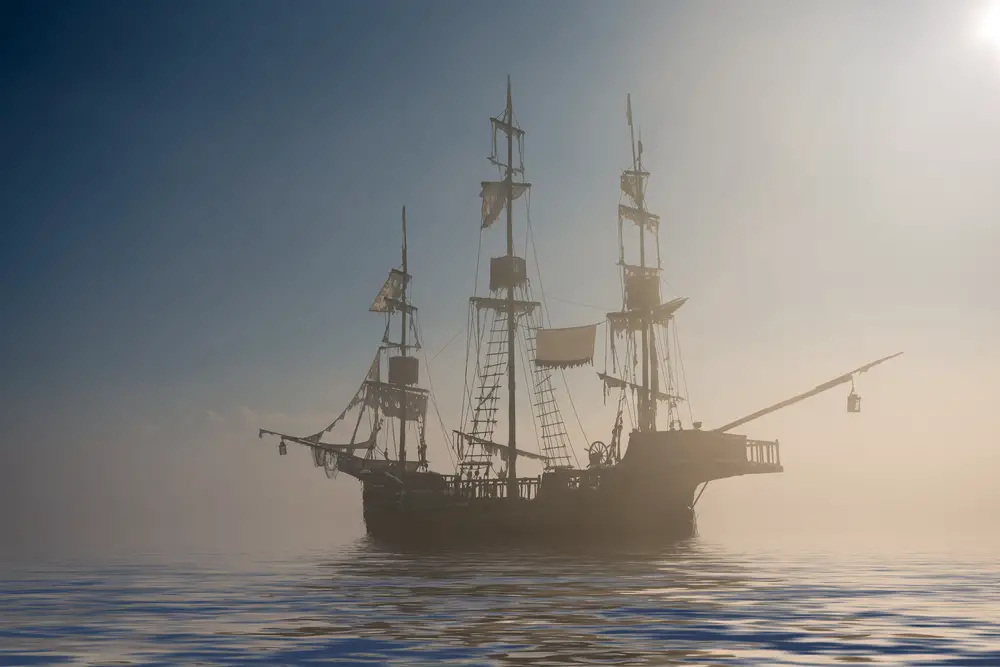
The Mary Celeste, a ship found adrift in 1872, remains one of the sea’s greatest mysteries. Discovered without a soul aboard, the vessel was in perfect condition, sailing aimlessly across the Atlantic. Theories abound, from piracy to sea monsters, but Smithsonian Magazine reveals that no conclusive evidence explains the crew’s disappearances. The absence of human life on such a well-preserved ship fuels endless speculation and intrigue.
The Mary Celeste’s eerie tale challenges our understanding of maritime mysteries. It highlights the ocean’s ability to swallow stories and lives whole, leaving only questions in its wake. This ghost ship, once bustling with life, now serves as a silent reminder of the sea’s secrets. The Mary Celeste is a timeless enigma, a story that whispers the ocean’s power to defy explanation.
3. The Endurance’s Frozen Fate

Sir Ernest Shackleton’s Endurance expedition, aiming to cross Antarctica, faced unforeseen challenges when the vessel became trapped in pack ice. The ship’s name became bitterly ironic as it was crushed and sunk in 1915, leaving the crew stranded. In a remarkable feat of survival, Shackleton led his men across harsh terrains to safety, a saga detailed by the BBC. The Endurance’s story is one of perseverance, highlighting human tenacity in the face of nature’s brutal odds.
The icy waters that claimed the Endurance reveal the ocean’s relentless, unforgiving nature. Shackleton’s leadership and the crew’s survival instinct remain legendary, embodying the spirit of resilience. Their journey through adversity underscores the thin line between exploration and disaster. The Endurance’s tale is a chilling reminder of how quickly the ocean can turn from ally to adversary.
4. The Tragic Tale of the El Faro
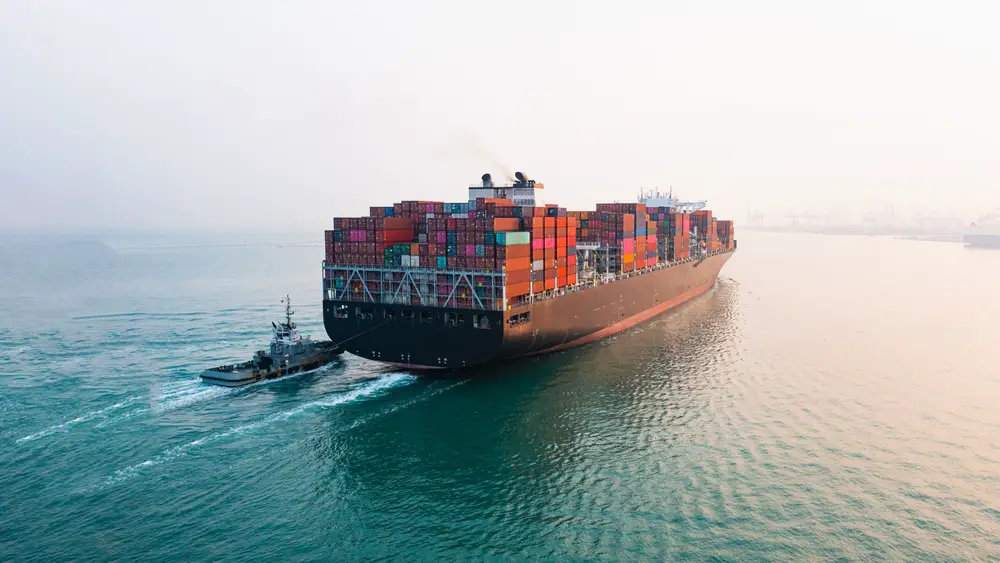
In 2015, the cargo ship El Faro disappeared into the treacherous grasp of Hurricane Joaquin. The vessel, struggling against the storm’s fury, went down with all 33 crew members aboard. The ship’s final moments, captured in chilling black box recordings, reveal a desperate battle against nature’s wrath. El Faro’s loss underscores the unpredictability of modern maritime ventures despite technological advancements.
El Faro’s wreck, lying deep beneath the sea, speaks of the ocean’s untamed ferocity. The ship’s demise is a stark reminder that, even today, seafaring remains fraught with peril. The tragedy serves as a somber testament to the ocean’s enduring power over human endeavor. It echoes through history as a cautionary tale of the relentless might of the sea.
5. HMHS Britannic: The Titanic’s Sister Ship
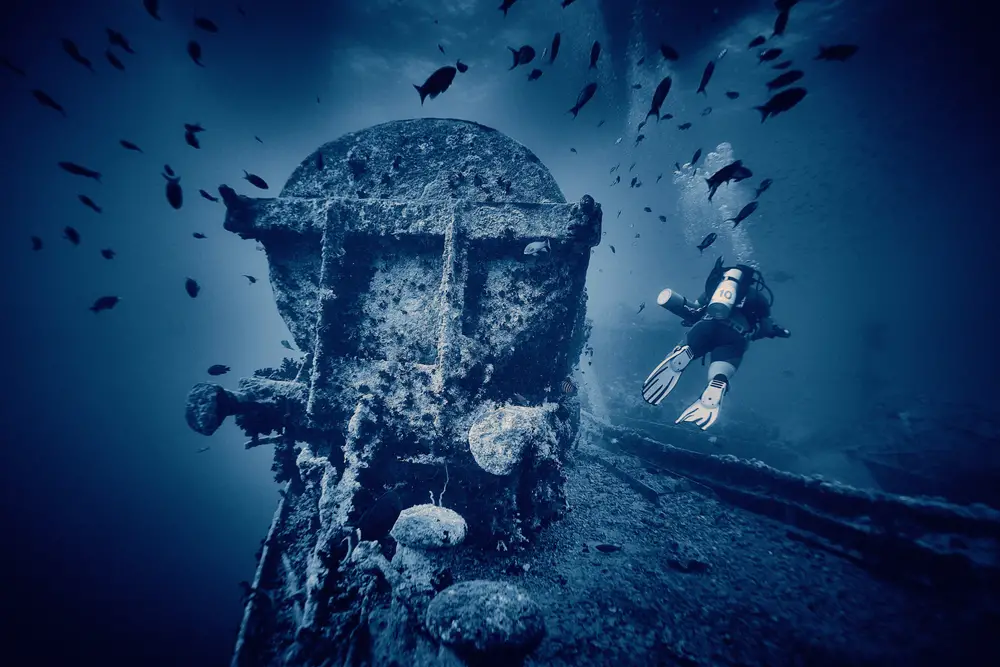
The Britannic, a sister ship to the Titanic, met its watery grave in the Aegean Sea during World War I. Initially serving as a hospital ship, it struck a mine in 1916 and sank in less than an hour. Despite its tragic end, the majority of those on board survived, thanks to improved safety measures learned from the Titanic. The ship’s demise highlights the ever-present dangers faced by vessels, even those built in the shadow of tragedy.
The Britannic’s story is one of both loss and survival, echoing the Titanic’s legacy with a twist of fate. It serves as a symbol of resilience and a reminder of the lessons learned from past maritime disasters. The wreck remains a popular diving site, a ghostly reminder of the ocean’s capacity to both give and take life. The Britannic’s fate is a testament to the sea’s unpredictable nature, ever ready to reclaim what traverses its depths.
6. The Lusitania: A Catalyst for War

The RMS Lusitania, a civilian passenger ship, was infamously sunk by a German U-boat in 1915, contributing to the US entering World War I. The rapid sinking took nearly 1,200 lives, shrouding the event in controversy and sparking international outrage. This attack marked a turning point, redefining maritime warfare and highlighting the ocean’s role in global conflicts. The Lusitania’s story underscores the sea as a battleground, where the stakes are as high as the waves.
The ship’s sinking remains a poignant reminder of the ocean’s potential to ignite geopolitical shifts. The tragedy illustrated the fragile nature of maritime safety during wartime, where civilian and military lines blurred perilously. The Lusitania’s wreck, resting off the Irish coast, continues to be a symbol of the war’s human cost. Its story reminds us that the ocean not only separates lands but also connects the fates of nations.
7. The Disappearance of the USS Cyclops
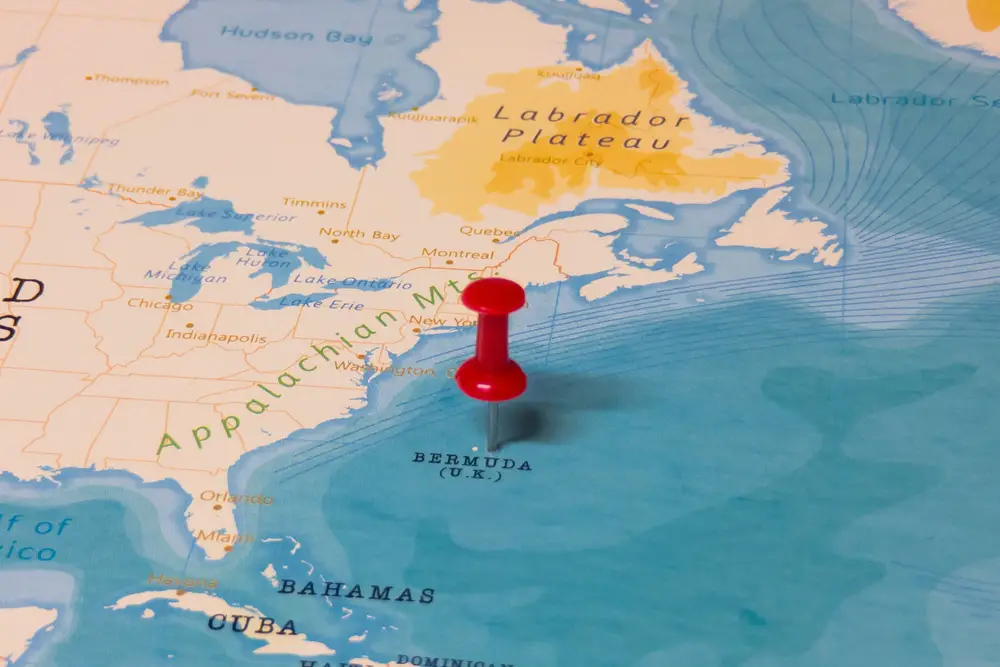
The USS Cyclops, a naval collier, vanished without a trace in 1918 while carrying a full load of manganese ore. As the largest loss of life in US Naval history not involving combat, its disappearance fueled rumors and theories, including the infamous Bermuda Triangle. The ship’s fate remains an enduring enigma, shrouded in mystery and speculation. The Cyclops’ story highlights the ocean’s ability to swallow vessels whole, leaving nothing but whispers on the waves.
The USS Cyclops’ disappearance is a stark reminder of the ocean’s capacity to keep its secrets hidden beneath the surface. Despite extensive searches, no evidence of the ship has been found, keeping its story alive in maritime lore. The mystery of the Cyclops challenges our understanding of naval history and the sea’s unpredictable nature. It’s a compelling tale of how the ocean can render even the mightiest ships into mere ghost stories.
8. The Sinking of the Andrea Doria
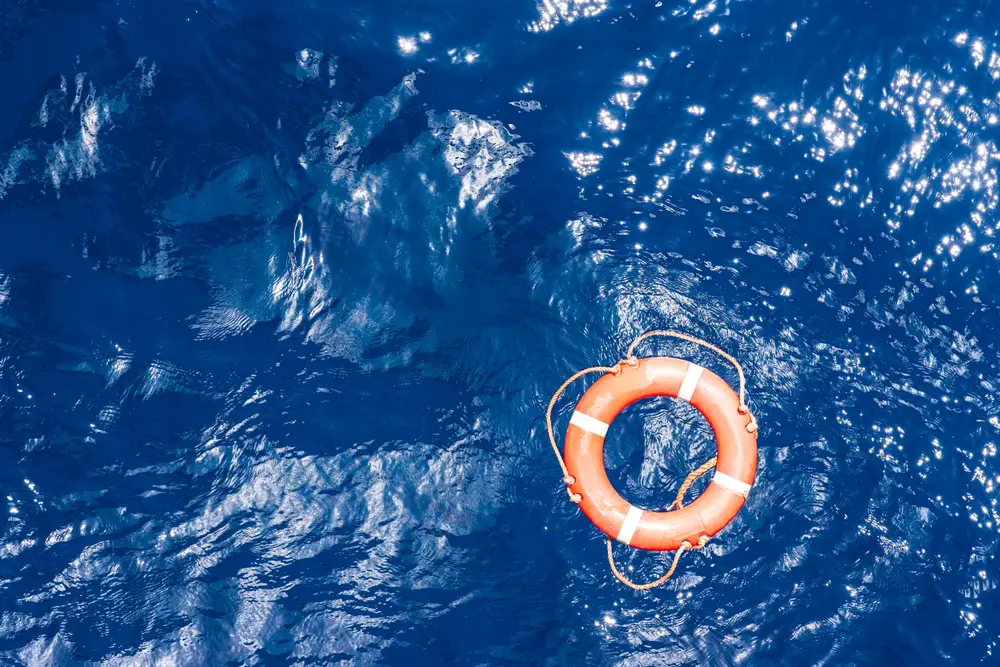
The Italian liner Andrea Doria collided with the MS Stockholm in 1956, resulting in one of the most famous maritime disasters of the 20th century. Despite the chaos, a well-executed rescue operation saved the majority of the passengers and crew. The wreck lies off the coast of Nantucket, a haunting underwater museum of a bygone era. The Andrea Doria’s story is a testament to human error and the ocean’s ability to turn tranquility into turmoil.
The collision, occurring on a foggy night, highlights the inherent risks of navigation and the sea’s unpredictability. The tragedy served as a catalyst for improved safety regulations and technological advancements in marine travel. The Andrea Doria remains a popular destination for divers, a relic of a disaster that reshaped modern maritime practices. Its sinking reminds us that beneath the ocean’s surface lies both beauty and danger in equal measure.
9. The Doomed Voyage of the Costa Concordia
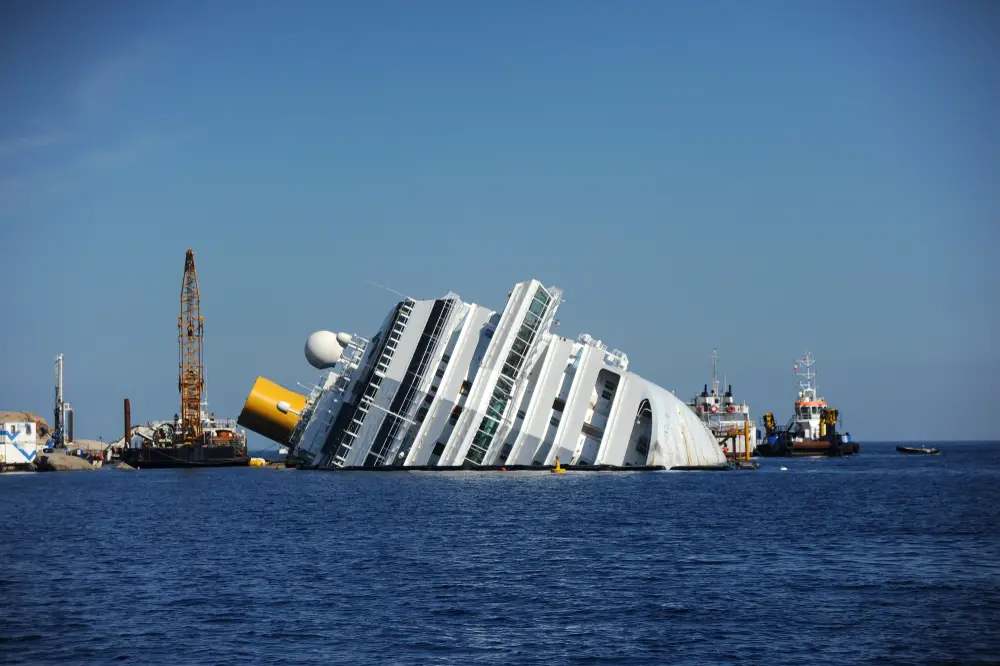
The Costa Concordia’s ill-fated journey in 2012 ended with the ship capsizing off the Italian coast after a reckless maneuver by its captain. Thirty-two lives were lost, and the disaster became a glaring example of human error at sea. The massive salvage operation that followed was one of the most complex in history, capturing global attention. The Costa Concordia’s sinking underscores the risks of complacency and the ocean’s merciless nature.
The tragedy served as a wake-up call for the cruise industry, highlighting the need for stringent safety measures and responsible leadership. The ship’s wreckage stood as a grim reminder of the catastrophe before being dismantled and removed. The Costa Concordia’s story is a cautionary tale of hubris and the sea’s unforgiving power. It resonates as a reminder that the ocean demands respect and vigilance from those who dare to navigate its waters.
10. The Baffling Saga of the Ghost Ship SS Baychimo
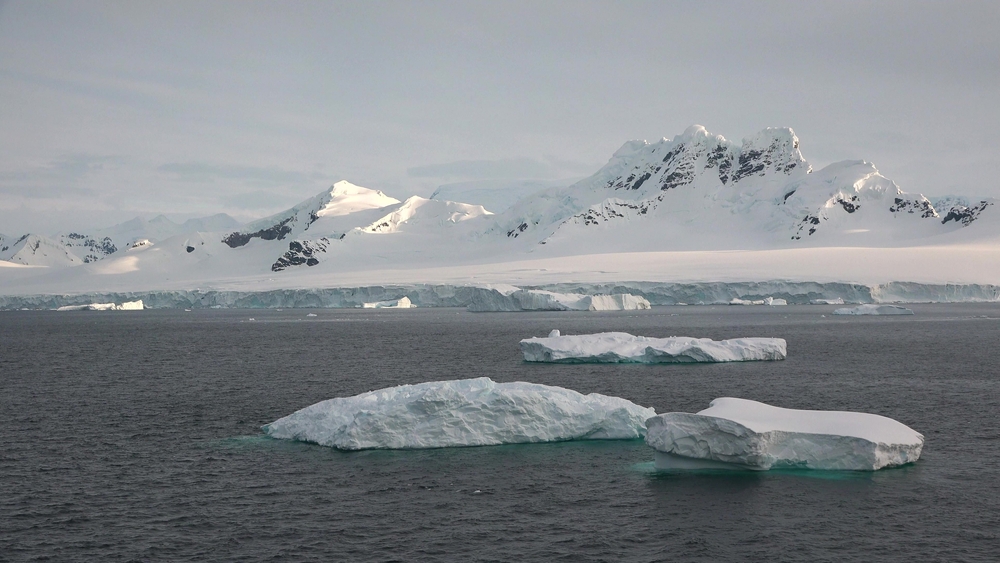
The SS Baychimo, abandoned by its crew in 1931, drifted through Arctic waters for decades, earning its reputation as a ghost ship. Sightings of the vessel continued until 1969, each encounter adding to its mysterious legend. The ship, left to the ocean’s whim, sailed without purpose, evoking both fascination and fear. The SS Baychimo’s story highlights the sea’s ability to turn ordinary events into enduring myths.
The drifting derelict symbolizes the ocean’s vastness and its power to render human endeavors insignificant. Each sighting added layers to its lore, a ghostly reminder of the sea’s unpredictability. The Baychimo’s saga reveals how the ocean can transform a ship into an enigma, untethered from time and place. It’s a testament to the possibility of a life adrift, echoing through the annals of maritime history.
